Photography is the art of capturing light. Infrared photography, on the other hand, is the art of capturing invisible light. IR photography opens up a new visual dimension for the photographer, a somewhat ‘different’ way of looking at the world around us.
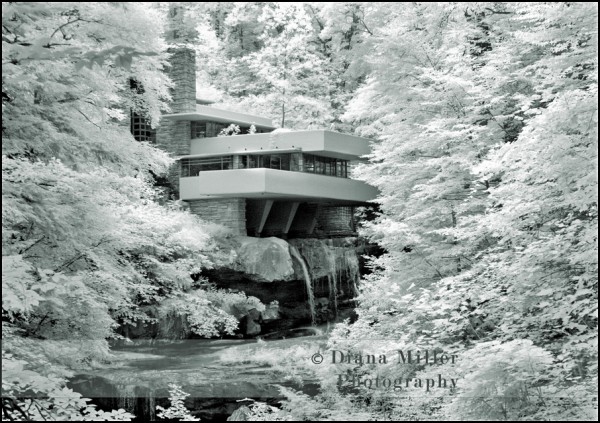
The spectrum of light is much wider than what the human eye can capture and, until CCD sensors became affordable to the general public, the only way to capture infrared radiation was to use special film, sensitive to this part of the spectrum.
Why Don’t We See Ultraviolet Or Infrared?
The traditional answer to this question was that most of the sun’s radiation is visible light, so our eyes evolved to see those wavelengths. However, the sun also gives off a whole lot of infrared radiation. What would it be like if our eyes evolved to see infrared light?
If we could see infrared, the sky would appear dark,almost black, and grass and trees very bright, almost white. Our veins would shine darkly through our skin, and your eyes very dark without any highlights.
How about a different type of portrait this summer?
How about a display of “fine art” photography in your home? Infrared Photography is a stunning addition to your collection of family photos! A blue sky will appear almost black, while foliage will get a distinct white color. Skin tones are creamy white. This creates amazing contrast in the image that makes the photo ‘pop’!
We offer a wide array of products and collections. Be sure to visit ourwebsite or click here to see all kinds of really cool ideas to turn your family portraits into an art gallery in your home.

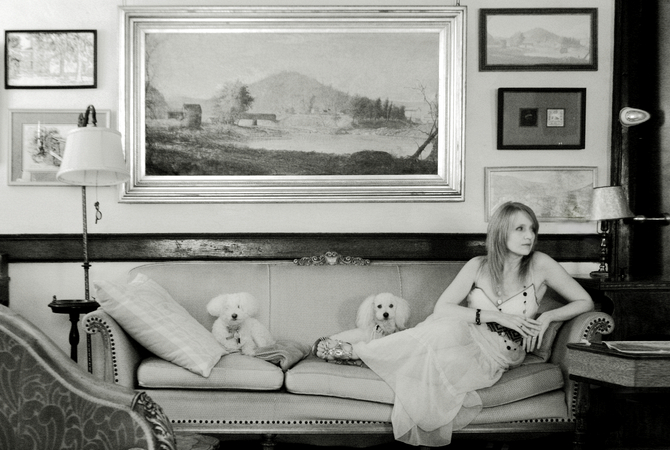
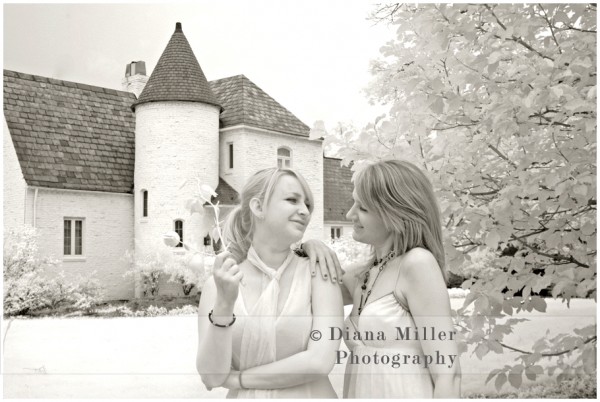

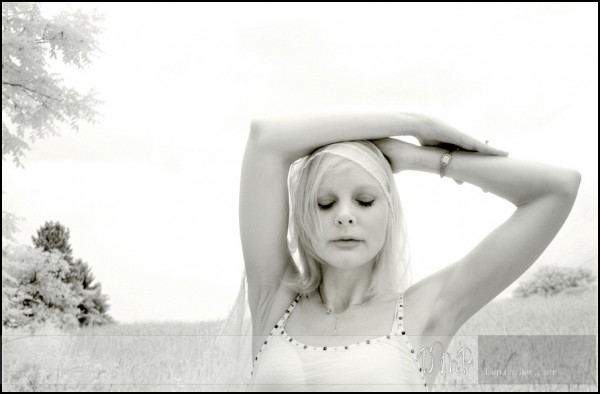
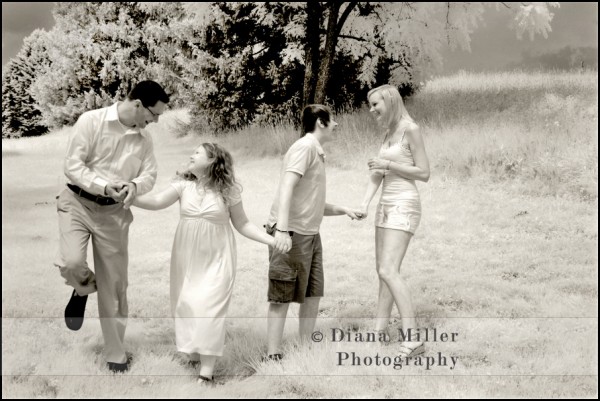
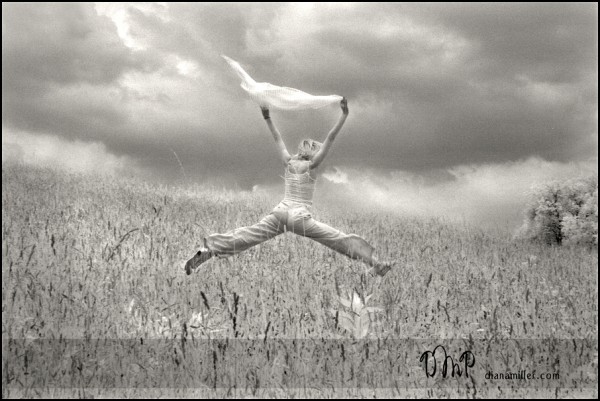


the portraits look terrible. just because its an interesting gimmick, doesnt mean itll produce good pictures.
Zack, I think your missing the point. The photographer was talking about the art of capturing light. One of the many skills of the photographer is the ability to capture different qualities of light and, in contrast, the absence there of (shadows). One could say this is the essence of photography. Capturing invisible light is still “light” except that your eye does not normally see this kind of light. She goes on to say that a special film is able to “see” light in this spectrum and can be a different way of enjoying photography.
Admittedly, IR film sees light differently than we humans are used to, so the “effects” are not enjoyed by everybody. In fact the effect is not a gimmick as you suggested, it is the way the film records the light and is simply a different medium to capture it. What makes it unique is that your eye cannot normally see light this spectrum because it behaves differently than our eyes and brains expect. I frankly think that is what makes it interesting and is what the photographer is trying to say. She even suggests that it could be ‘… a stunning addition to your collection of family photos“ in the form of Infra-red images. For the artistic or aspiring photographer, creating art with this medium is a different set of challenges. You could say, working within the limitations of Infra-red is akin to the days of old when we used different colored filters to enhance or change the tones in black and white images. Artists are challenged to tackle and be creative with these kind of limitations and can be an interesting way of demonstrating your artistry. Try it, it is not as easy as you might think.